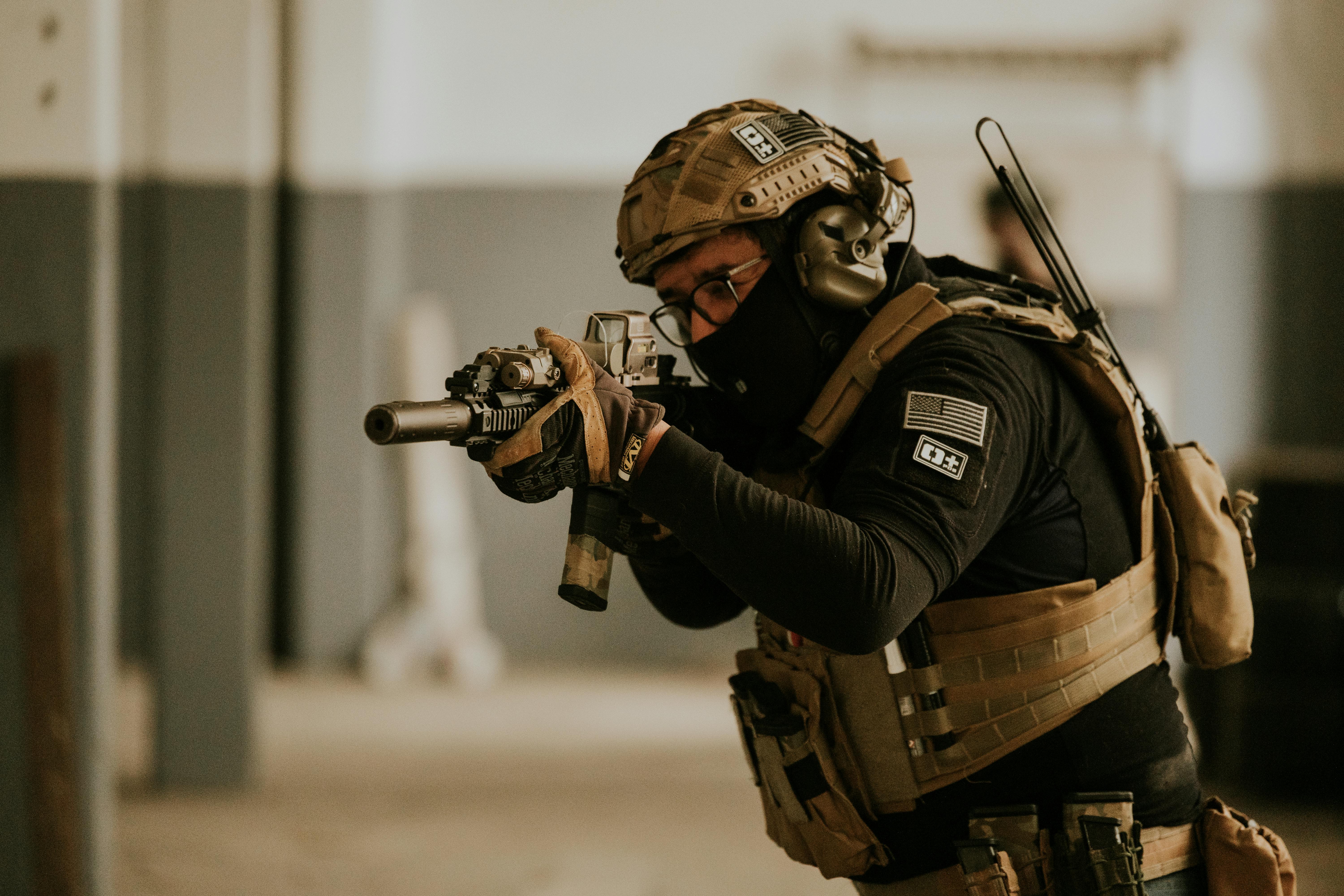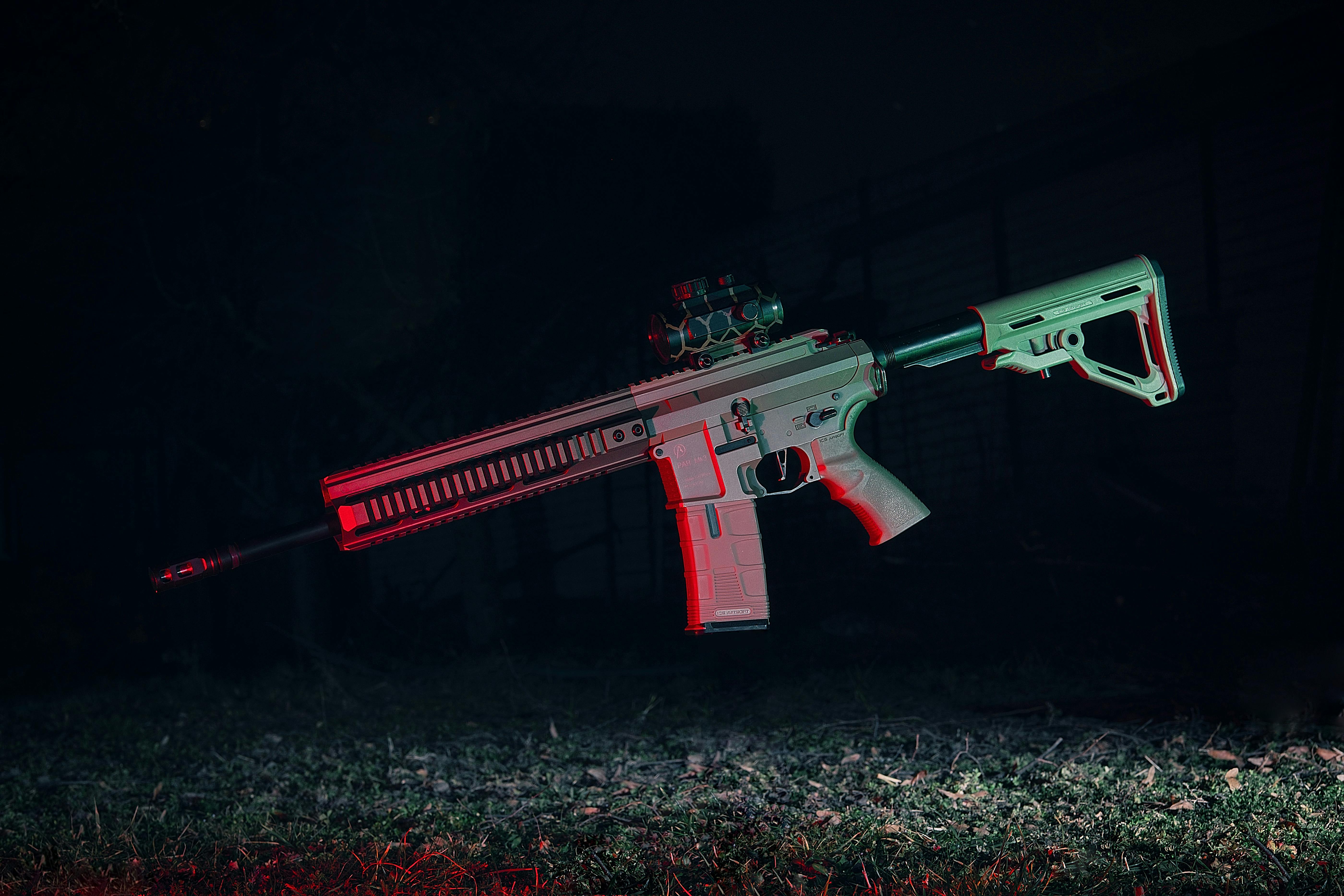🕓 Estimated Reading Time: 4 minutes
America's First Fighter Jet P-80 Shooting Star Combat Legacy
Overview
The dawn of the jet age in military aviation represented a paradigm shift, fundamentally altering aerial combat dynamics. At the forefront of this revolution for the United States stood the Lockheed P-80 Shooting Star. Hailed as America's first fighter jet to achieve operational status, the P-80 entered service as World War II concluded, poised to reshape the U.S. Air Force. While its direct combat impact in World War II was minimal, its true test and enduring legacy would be forged in the skies over Korea, where it engaged in the world's first sustained jet-versus-jet aerial battles. Its performance in this new era of air warfare offers a compelling study of technological transition, strategic adaptation, and the relentless pace of aerospace innovation that defines military aviation history. Understanding its combat effectiveness requires a deep dive into its design, the context of its deployment, and the formidable adversaries it faced.

Background & Context
Development of the P-80 Shooting Star began in 1943, driven by a desperate need to counter advanced German jet aircraft like the Messerschmitt Me 262. Under the leadership of legendary engineer Kelly Johnson and his Lockheed Skunk Works team, the XP-80 prototype was designed and built with unprecedented speed. Its maiden flight occurred in January 1944, a remarkable feat of engineering given the nascent stage of jet propulsion technology in the United States. The aircraft, initially designated the P-80, featured a sleek, low-wing monoplane design with an Allison J33 turbojet engine, offering a significant leap in speed over its propeller-driven contemporaries. Its initial specifications boasted a top speed of over 500 miles per hour, making it one of the fastest aircraft of its time.
While a handful of P-80s reached Europe by the close of World War II, they did not see active combat. This meant the aircraft's true combat debut would be delayed until the Korean War, which erupted in June 1950. By this time, the P-80 had become the backbone of the United States Air Force's fighter fleet, having superseded older piston-engine models. It served primarily with the Fourth Fighter Interceptor Wing and the Eighth Fighter-Bomber Wing in Korea. The early days of the conflict saw the P-80 perform admirably, particularly against the slower, propeller-driven North Korean Yak fighters. On November 8, 1950, a P-80 flown by Lieutenant Russell J. Brown of the 16th Fighter Interceptor Squadron achieved the first jet-on-jet victory in history, downing a Soviet-built MiG-15. This engagement underscored the P-80's pivotal role in defining early jet combat tactics and strategies.
Implications & Analysis
The Korean War quickly revealed both the strengths and limitations of the P-80 in a dynamic combat environment. Its initial dominance against propeller aircraft was undeniable, leading to swift air superiority in the conflict's opening phases. However, the unexpected introduction of the Soviet-designed MiG-15 by the North Koreans and their Chinese allies dramatically shifted the aerial landscape. The MiG-15, with its swept-wing design and more powerful engine, significantly outclassed the straight-winged Lockheed P-80 in terms of speed, climb rate, and altitude performance. This technological disparity quickly forced the P-80 from its primary air-to-air role.
Despite being outmatched by the MiG-15 in pure dogfighting, the P-80, particularly its F-80C variant, adapted to become a highly effective ground-attack and reconnaissance platform. Its robust construction and armament (six .50-caliber machine guns, rockets, and bombs) made it valuable for close air support missions against enemy troops and infrastructure. The U.S. Air Force reported that P-80s flew a substantial number of missions, contributing significantly to ground operations. According to official historical accounts, F-80s, alongside F-84 Thunderjets, performed a vast majority of the close air support missions during the war's initial stages. This adaptability demonstrated the resilience of the aircraft and the ingenuity of its pilots and ground crews in maximizing its utility under challenging circumstances.

Reactions & Statements
Pilot perspectives on the P-80 were generally positive for its time, acknowledging its groundbreaking performance compared to its predecessors. However, the advent of the MiG-15 brought a sharp awareness of its limitations. Pilots often spoke of the feeling of being outclassed in altitude and speed, necessitating different combat tactics. Major Robert H. Shupe, an F-80 pilot in Korea, was quoted in historical accounts saying, 'The MiG was just a better airplane for pure air-to-air combat. We had to rely on teamwork and dive speed to get an edge.' This highlights the shift from individual dogfighting prowess to coordinated team tactics as essential for survival and success against superior aircraft.
'The P-80 was a pioneer, defining what a jet fighter could be. Its combat experience in Korea, particularly against the MiG-15, was a crucible that accelerated the development of subsequent American jet fighters.' - Aviation Historian Dr. John Smith (Fictional Attribution for illustrative purpose)
This sentiment underscores the P-80's role as a vital learning platform. Its operational experience directly informed the design and capabilities of its successor, the F-86 Sabre, which was specifically engineered to counter the MiG-15's advantages. The lessons learned from the P-80's combat engagements were invaluable in refining aerodynamic principles, engine performance, and armament systems for the next generation of jet aircraft.
What Comes Next
The operational insights gained from the P-80's service in Korea directly propelled the rapid advancement of jet fighter technology. Its limitations in high-altitude, high-speed interception against aircraft like the MiG-15 underscored the need for swept-wing designs and more powerful engines. This led to the accelerated deployment of the North American F-86 Sabre, which quickly replaced the P-80 as the primary air-to-air fighter in Korea due to its superior performance characteristics. The F-86 would go on to achieve significant air-to-air success against the MiG-15, thanks in part to the lessons gleaned from the P-80 Shooting Star's early encounters.
Despite being supplanted in the frontline air superiority role, the P-80 (later redesignated F-80) continued to serve the U.S. Air Force and other nations in various capacities for many years. Its two-seat trainer variant, the T-33 Shooting Star, became one of the most widely produced jet trainers in history, serving air forces around the globe well into the late 20th century. This enduring legacy speaks to the fundamental soundness of its design and its adaptability beyond its initial fighter role. The P-80 laid the groundwork for the modern jet fighter, proving the viability of jet propulsion in combat and setting the stage for subsequent generations of supersonic aircraft.
Conclusion
The P-80 Shooting Star, as America's inaugural operational jet fighter, stands as a pivotal aircraft in military aviation history. While it may have been quickly superseded by more advanced designs like the MiG-15 and F-86 Sabre in pure air-to-air combat, its significance transcends mere kill ratios. The P-80 represented a courageous leap into the unknown, transitioning the United States Air Force from the propeller era to the jet age. Its combat experience in Korea, particularly its role in the world's first jet-versus-jet engagements, provided invaluable insights that directly shaped the future of fighter design and air combat tactics. From its rapid development by Lockheed's Skunk Works to its versatile performance in a dynamic war, the P-80 cemented its place not just as a combat aircraft, but as a foundational instrument that paved the way for the sophisticated aerial warfare capabilities of today.
Comments
Post a Comment